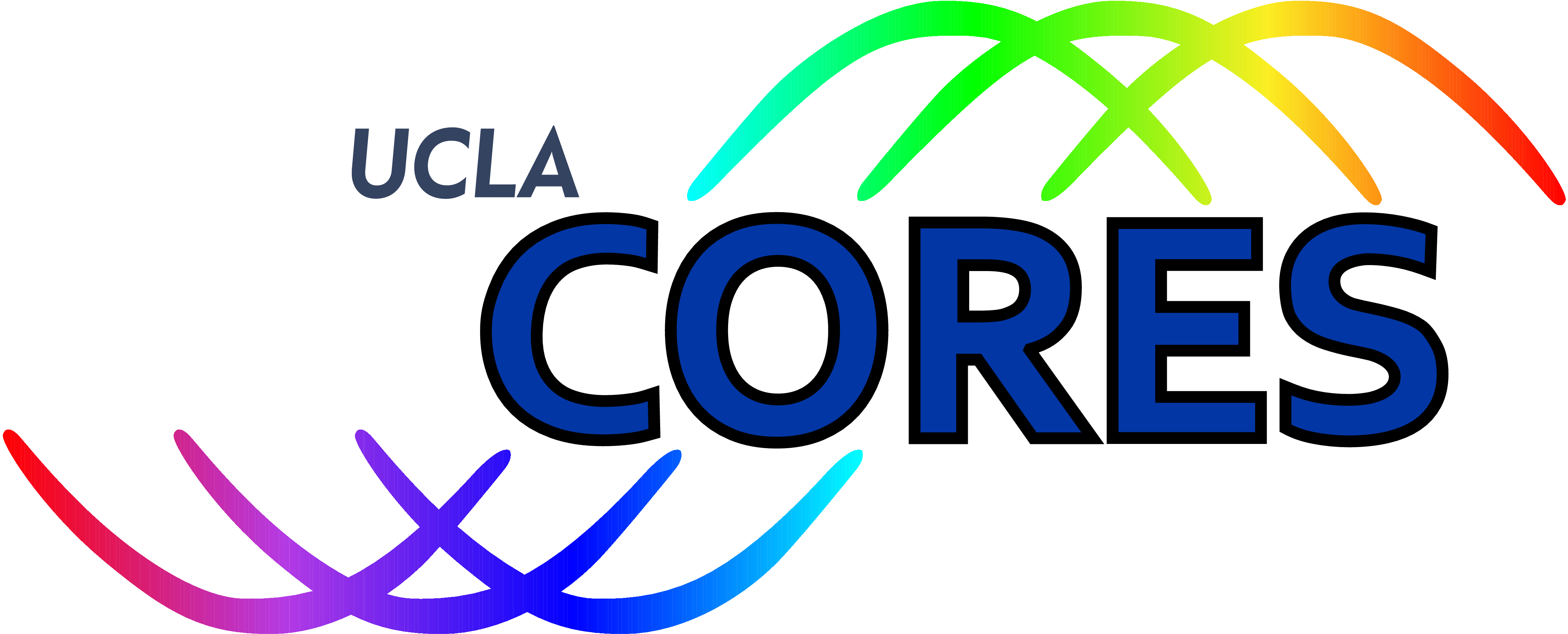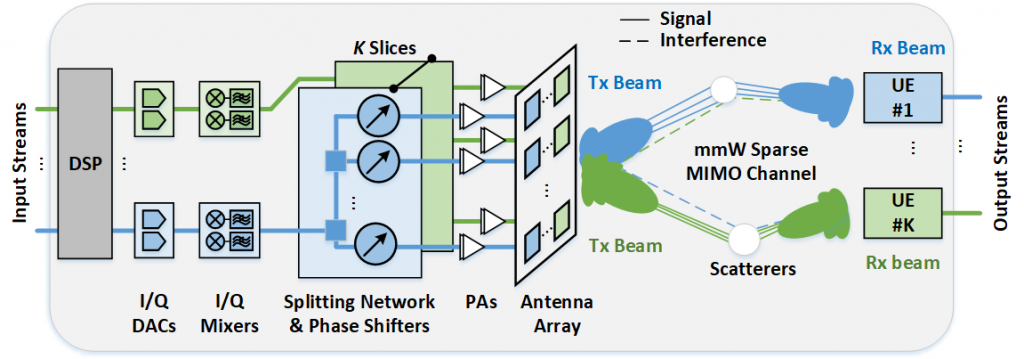
Cognitive Reconfigurable Embedded Systems Lab

Millimeter-wave Transceiver and Array Architecture Power-Aware Tradeoffs and Design

Millimeter-wave (mmW) and sub-THz (100-300 GHz) frequencies will be key to the phenomenal data rates promised for future cellular communications (5G and beyond). However, communication systems at mmW/sub-THz frequencies face much larger path loss than conventional communication systems below 6GHz. To generate sufficient gain to overcome this loss, mmW/sub-THz wireless systems will require large antenna arrays to generate the high gain, narrow beams. Several array architectures that can combine the larger number of antennas, but each design provides different signal processing options at the cost of different hardware components. With an order of magnitude higher carrier frequency, processing bandwidth, and number of hardware components as compared to lower conventional cellular systems, the power consumption of these systems becomes a significant limitation.
In this study, we have two main goals:
- We provide insight into the tradeoffs between array sizes, array architectures, multiplexing capability, spectral efficiency, and power consumption for transmitters and receivers at mmW and sub-THz bands. Our studies additionally consider the performance of state-of-the-art circuits designs, lower resolution hardware components, and the unique, sparse channels found at these high frequencies.
- We design signal processing algorithms to facilitate hardware architectures with lower power consumption. This includes reducing the impact of impairments created by lower power or lower resolution hardware components.
Staff
- Principal Investigator: Danijela Cabric
- Students: Han Yan, Benjamin Domae